In previous articles, we considered cloud deployment models and Cloud Data Storage.
However, Cloud Services are so diverse that sometimes you can get confused in some of their abbreviations, not about to know what each is used for, what benefits it has and what it includes. All of them provide different types of services and can be combined by the customer on demand, they are quickly deployed and perfectly scaled, which is what makes such a success of cloud technologies all around the world.
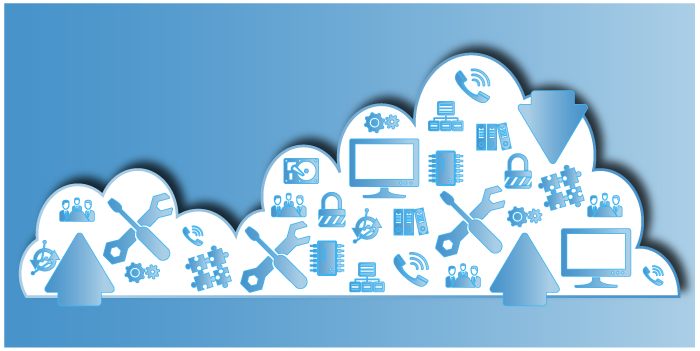
There are three main models of cloud computing, each representing a separate level of providing computing resources, and many other models are much less common, but nevertheless deserving of our attention and your more detailed study, if necessary, to work with these types of services.
Three main Cloud Services:
IaaS – Infrastructure-as-a-Service

This model includes the basic elements of building a cloud-based IT system. When working with such a service, users have access to network resources, virtual computers or hardware, as well as access to data stores. This service is the most flexible in the operation and management of IT resources.
PaaS – Platform-as-a-Service

Such a model does not require the customer to manage the basic infrastructure (including equipment, operating systems, software and security systems) and gives the opportunity to immediately concentrate on the set business objectives. This greatly simplifies the lives of end users and increases productivity, as users no longer have to worry about buying new equipment, planning its capacity and productivity, servicing and installing software and updates for it.
SaaS – Software-as-a-Service
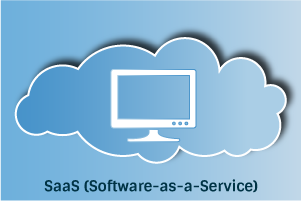
This model provides the user with a complete product that runs under the control of the service provider – a ready-made application for the user. When working with this kind of services, the end user does not need to worry about the support of the service or the management of the basic infrastructure, you can immediately use the software.
Lots of others Cloud Services:
Storage-as-a-Service
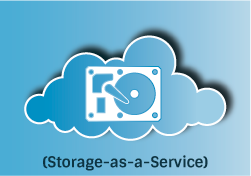
This service is probably the most simple of all cloud services, but it is basic, as it enters into others, and gives the user the opportunity to receive disk space for his needs on demand with possible space expansion, increased fault tolerance, automatic data backup, encryption and other services at the request of the customer.
Database-as-a-Service
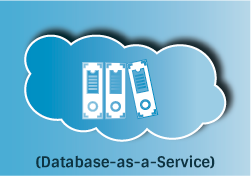
This service is designed for IT professionals and provides the ability to work with remote databases as if they were installed locally. With this approach, it is easier to provide access to projects for different users with different access rights. This service can significantly save money for the customer to purchase hardware and software licenses for a large or even medium organization.
Information-as-a-Service

Imagine being able to remotely receive and use any kinds of information that can change with any frequency.
Process-as-a-Service
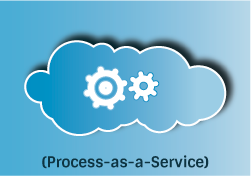
Customers of such a service receive a resource that can link several other resources within a single cloud or other available clouds into a single unit and allow them to create a single “seamless” business process on the basis of connected services.
Integration-as-a-Service
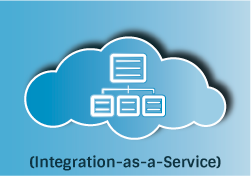
It is an opportunity to receive from the cloud a complete integration package, including application programming interfaces and managing their algorithms. This includes well-known services and functions of centralization, optimization, and integration of enterprise applications (EAI) packages, but provided as a cloud service.
Security-as-a-Service
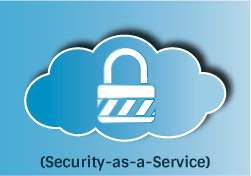
This type of service provides the user with the ability to quickly deploy software products that securely use web technologies, e-mail, a local network and allow the end user to save money, time and effort in deploying and maintaining their own security system.
Management / Governance-as-a-Service

Provides the ability to manage and configure the settings of one or many cloud services (topology, resource use, virtualization).
Testing-as-a-Service
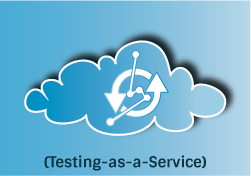
This type of service makes it possible to test local or cloud-based systems using test software from the cloud infrastructure and save money on purchasing hardware or software.
Hardware-as-a-Service
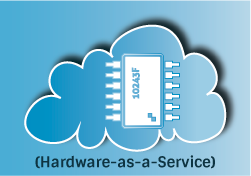
Such a service is an alternative to the purchase of expensive or specific hardware equipment since the necessary equipment is purchased for the needs of each end user by the service provider.
Desktop-as-a-Service
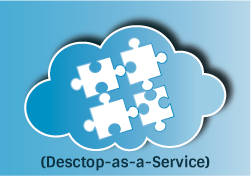
This service is a logical continuation of the SaaS service, that provided is not a specific software, but a workstation that is prepared for use and equipped with all the necessary customer means.
Choose what is more acceptable to you!
Each user before the deployment of services and their use should have at least an approximate idea of the goals and objectives of the service, and for this, we recommend that you study in more detail the proposals from cloud providers in the ever-changing and growing market of services.
In this article, of course, not all the possible cloud services are examined and eventually the end user will have new opportunities and new needs, and where there is demand there is a supply, which means that cloud service providers will come up with, develop and bring to market new one’s services both for business users and for private use in everyday life of each of us.
Related materials:

Views All Time
3

Views Today
3
The following two tabs change content below.
Filed under:
Services, Success Story by Vladimir Yamkovoy